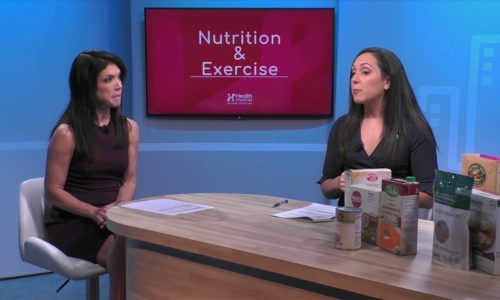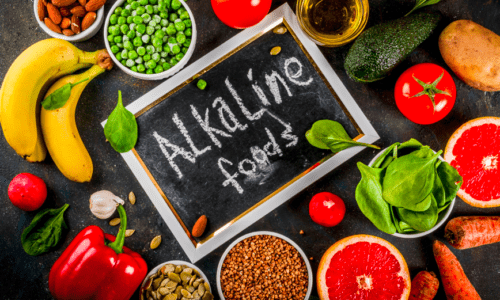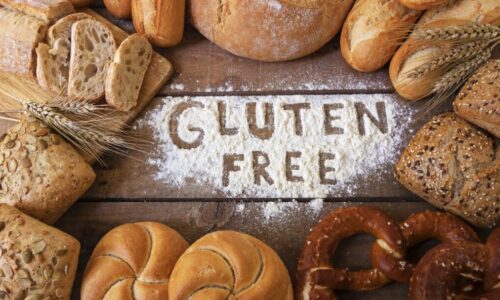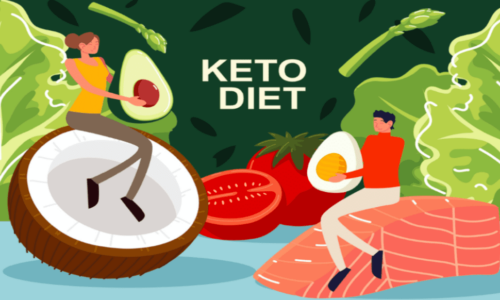How do I keep food safe during holiday’s cooking? |
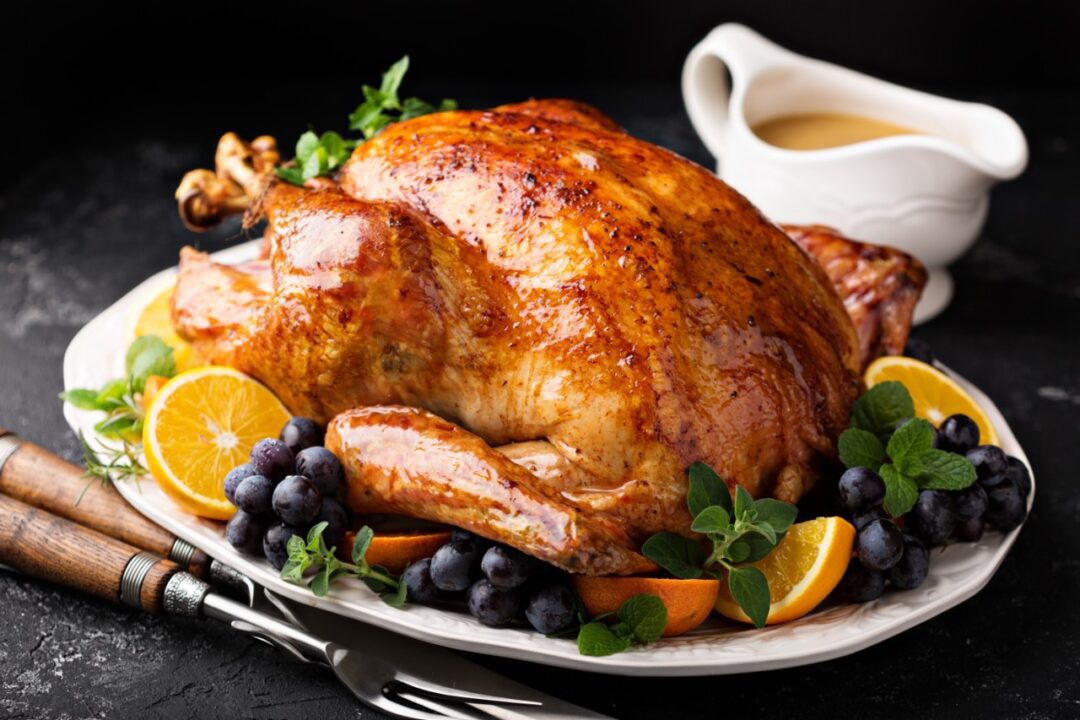
Holiday meals can be challenging because there are so many different things to cook that require different times and different temperatures. If you only have one oven, this requires a lot of careful planning to make this work. I am hosting a very small crowd this year, but even that takes planning.
Here are five basic steps to keep harmful bacteria from being an unwanted guest at your holiday meal.
PLAN
- Plan ahead carefully so that you know what is going to cook when, as well as how you are going to keep things at the proper temperature for serving.
- Know how many items can be cooked in your oven at the same time without affecting cooking times.
- Plan your refrigerator space. I always clean out my refrigerator a few days in advance! You need to have enough room to keep all of the cold foods cold before serving, as well as having room to store your leftovers. If you do not have enough space in the refrigerator, make sure you have an ice chest on hand with plenty of ice and plenty of space to accommodate the necessary foods.
- If things don’t go quite as planned, don’t be afraid to delay the start time for dinner if it means serving a thoroughly cooked meal. Your guests will understand.
CLEAN
- Start with clean hands, cutting boards, utensils, and countertops.
- Wash your hands with warm water and soap for 20 seconds before and after handling food.
- Clean cutting boards, knives, sink, and countertops with hot soapy water or detergent prior to and throughout the cooking process.
- DO NOT RINSE YOUR TURKEY before cooking. The process of rinsing your turkey might seem like a good idea, but any harmful bacteria that you rinse off will be killed in the proper cooking process, so rinsing is not necessary. In addition, the rinsing process involves a lot of splatter, so harmful bacteria can end up all over your countertops and your clothes. Using your clean sink to prepare the turkey for roasting is fine, just don’t rinse the turkey with water.
After removing the turkey from the sink, use a cleaner with bleach to clean the sink and surrounding countertops, as well as the faucet. I like to change my apron and shirt after getting the turkey in the oven, just to be safe.
SEPARATE
- Use separate cutting boards for raw meat, poultry, and fresh fruits and vegetables.
- Keep raw meat away from raw vegetables or other foods that will not be cooked.
- Don’t let cooked foods come in contact with raw meat or poultry, or their juices. Don’t use a platter that has held raw meat to serve cooked food without a very thorough cleaning.
COOK and CHILL
- Cook foods to the safe temperature in order to kill harmful bacteria. You CANNOT tell if something is done by the way it looks.
- Use a food thermometer to make sure that your foods get to the correct temperature. Wash your food thermometer thoroughly after each use, in order to keep from transferring bacteria.
- For a list of safe cooking temperatures for a variety of foods, follow this link: https://www.foodsafety.gov/food-safety-charts/safe-minimum-cooking-temperature
- Make sure that cold foods do not sit out at room temperature too long before serving. li> If your dinner is potluck, make sure that foods have been kept at a safe temperature during travel, and are properly reheated, or properly cooled, once arriving at your home. The above link includes the temperature for reheating casseroles.
CHILL
- Put leftovers into the refrigerator within 2 hours. Larger items will cool down more quickly if they are packaged in smaller quantities for refrigeration.
- Keep your refrigerator at 40 degrees F, or below.
- Eat leftovers within 3-4 days, and only after properly reheating them.
I hope you all enjoy a wonderful and safe Thanksgiving!
If you have any more questions just Ask Hanna, our health advisors are here to help.
Dr. Anita Bennett MD – Health Tip Content Editor
Image: ©Shutterstock / Elena Veselova



